Microsoft announces details of 'Mu', a small language model for Copilot+ PCs, applied to an AI agent that can change Windows settings by speaking natural language
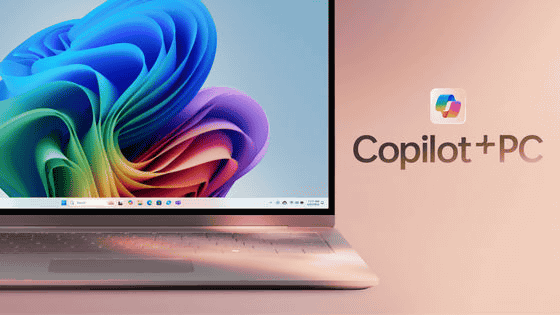
On June 23, 2025, Microsoft announced details of the small language model (SLM) ' Mu '. Mu is designed to run efficiently directly on devices such as PCs and is a model that can handle situations that require complex reasoning, and is used as the brain of an AI agent that enables natural language operation on the Windows 'Settings' screen.
Introducing Mu language model and how it enabled the agent in Windows Settings | Windows Experience Blog
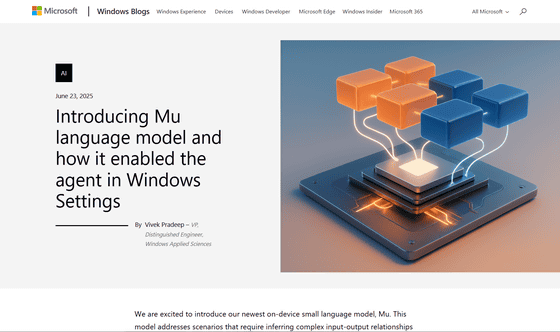
Mu is a 330 million parameter SLM designed to maximize the performance of the NPU inside the Copilot+ PC , resulting in fast response times on the device even without an internet connection. In fact, we've seen it achieve speeds of over 100 tokens per second in configuration agent scenarios and over 200 tokens per second for specific tasks.
Microsoft has released a movie showing Mu actually working.
MU: Small Language Model Inference on NPU - YouTube
Mu uses an 'encoder-decoder' architecture, converting the input into a fixed latent representation and then generating the output based on that. This significantly reduces the amount of computation compared to a decoder-only model that processes the input and output together each time, resulting in faster response times and reduced memory consumption.
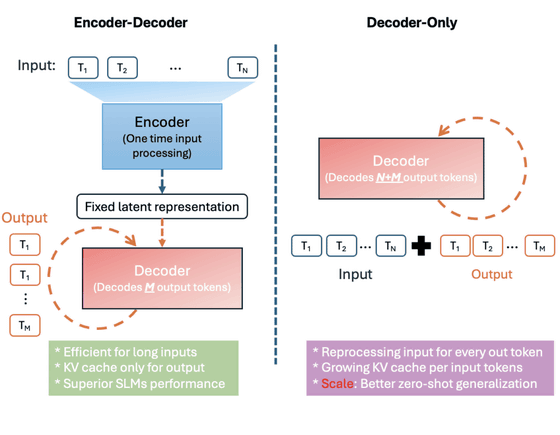
According to Microsoft, the time to first response on
In addition, Mu incorporates the latest technologies such as 'Dual LayerNorm', which normalizes each computational layer within the model, 'Rotary Positional Embeddings (RoPE)', which trains the model to understand the relative positions of words in a sentence, and 'Grouped-Query Attention (GQA)', which improves the efficiency of attention , which calculates where the AI should pay attention to in a sentence, thereby achieving higher performance with fewer parameters.
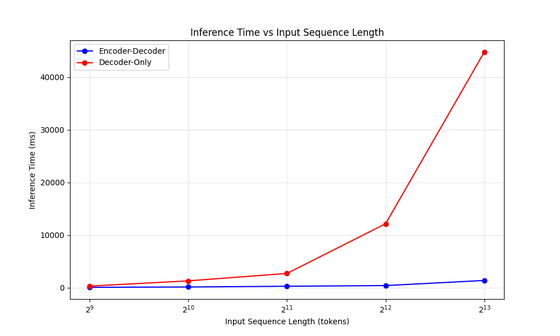
Mu's training took place in multiple stages. Microsoft first trained it on a large amount of high-quality educational text data to help it master language syntax and basic knowledge. Then, it inherited knowledge from Microsoft's high-performance model,
Finally, fine-tuning with task-specific data dramatically improves the accuracy of that task. As a result, Mu is one-tenth the size of the larger model 'Phi-3.5-mini' but achieves the same performance in many tasks, and Microsoft says it has implemented a Mu-based AI agent in the 'Settings' app that can be operated in natural language as if talking to a human.
For example, when a user types in everyday language such as 'my mouse pointer is too small,' the AI agent can understand their intent and suggest specific settings changes such as 'change the mouse pointer size from 1 to 3.'
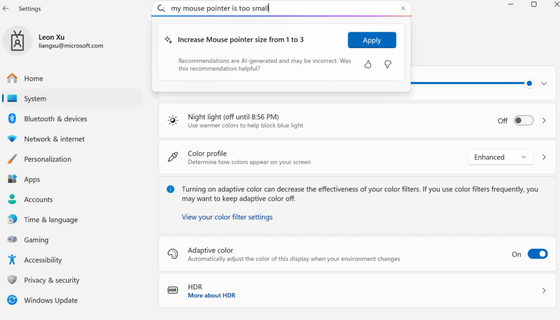
Such agents have been developed in the past, and at the time of writing, Copilot+ PC is equipped with ' Phi-Silica ' as an on-device SLM, but although the accuracy is sufficient, the response speed was an issue. Based on the fast and efficient Mu, Microsoft argued that by intensively fine-tuning using 3.6 million sample data, they were able to create a reliable agent that can handle hundreds of configuration items while achieving a fast response time of less than 500 milliseconds.
As a future outlook, Microsoft said, 'We look forward to receiving feedback from Windows Insiders Program users to continue improving the agent experience in settings.' To try out the Mu-based AI agent, you need to install version 24H2 build 26120.3964 (KB5058496) or later on your Copilot+ PC.
Related Posts:







